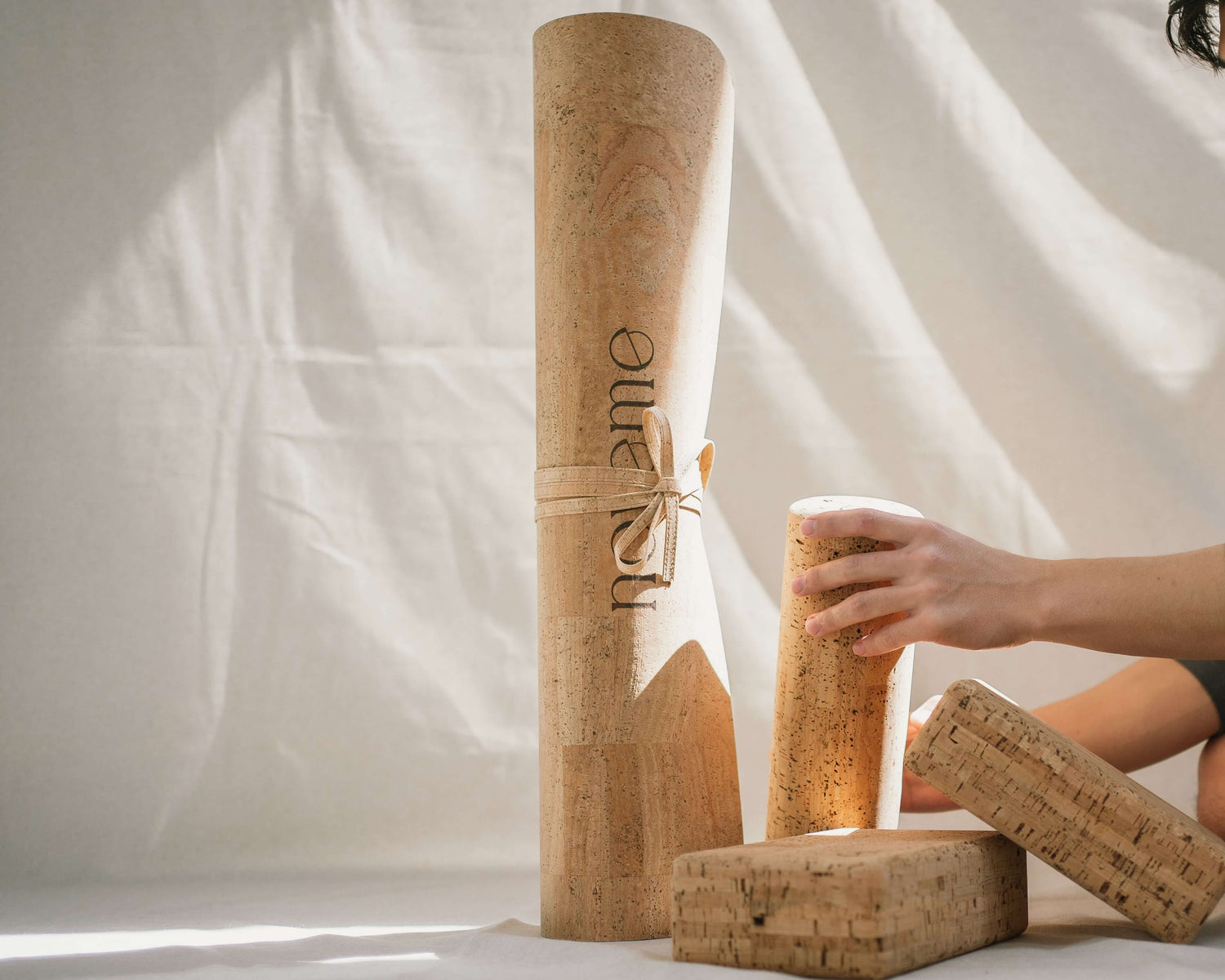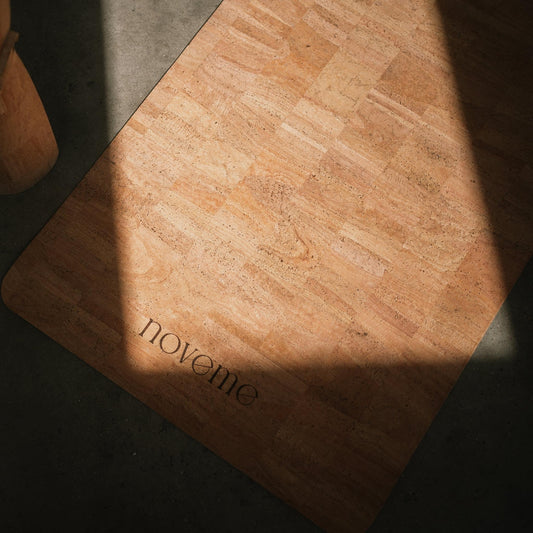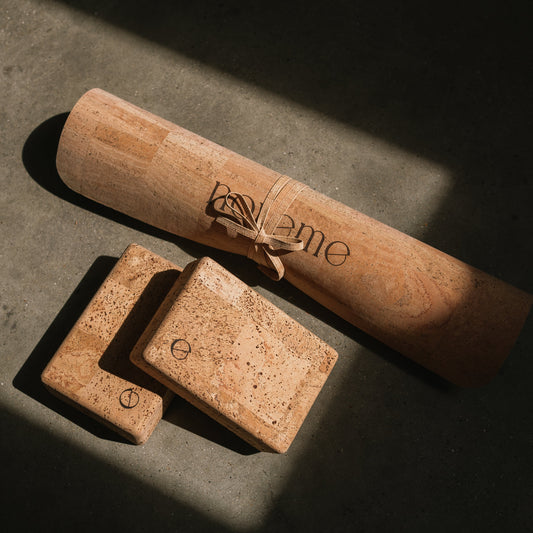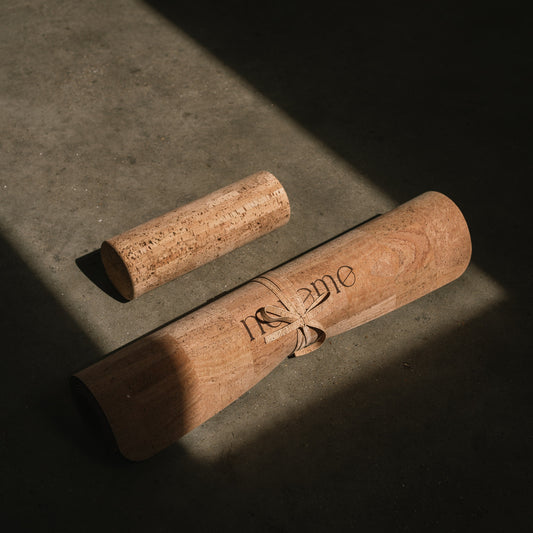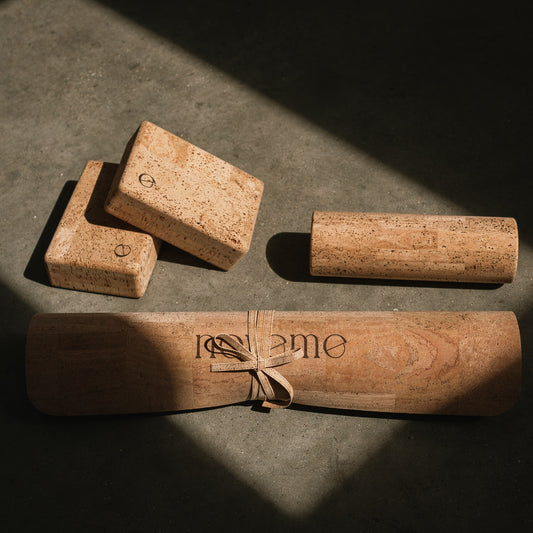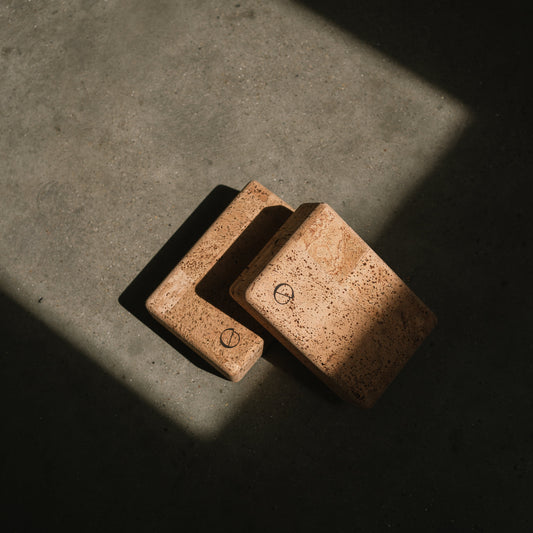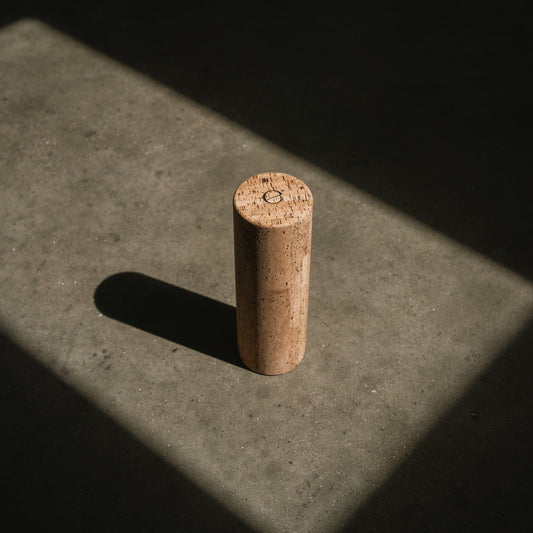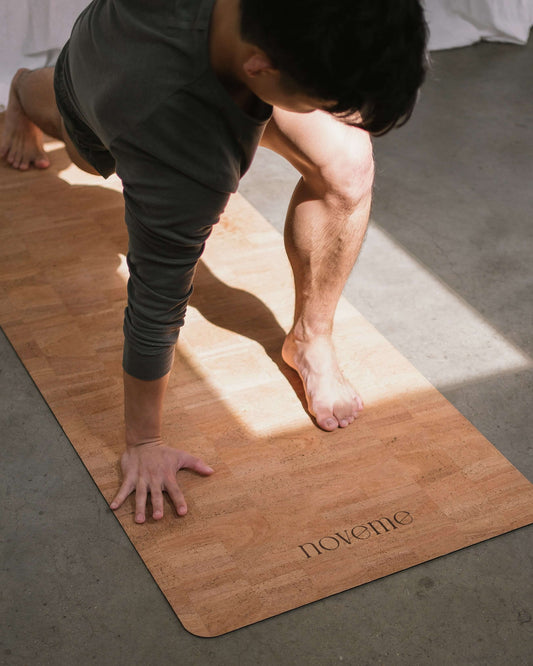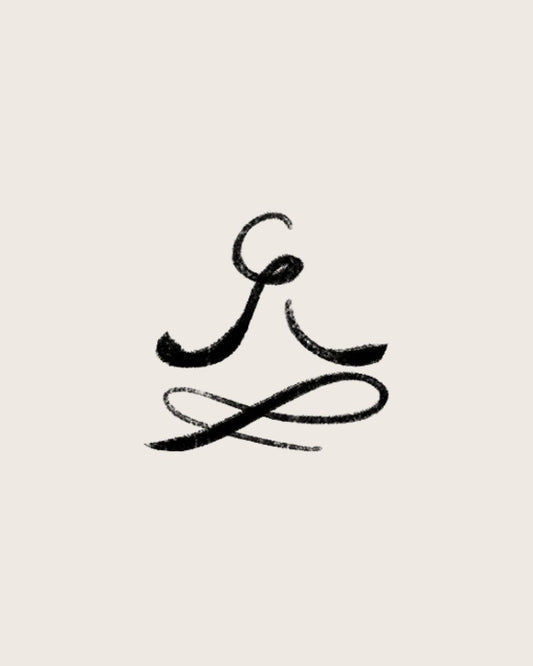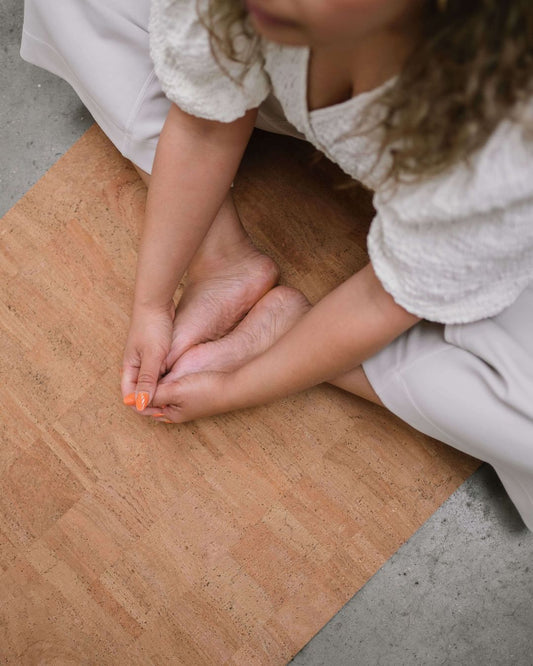Whether you’re completely new to yoga or an experienced yogi, you could benefit from adding yoga blocks to your daily or weekly routine.
In this guide, we will cover the basics of using yoga blocks, the benefits, and why you should use them to enhance your yoga practice.

WHAT ARE YOGA BLOCKS & ARE THEY ESSENTIAL?
If you’re new to yoga, you may be feeling overwhelmed by the number of props you may need. But don’t worry – you don’t need much to get started. For most people, a good-quality yoga mat and comfortable clothing will suffice.
So, what about yoga blocks? While yoga blocks aren’t an essential part of a yoga practice, they can be helpful for a lot of people. They can be used for support, or to provide deeper and more challenging stretches.
Since yoga blocks are highly versatile, they’re great for all people who practise yoga. Therefore, if you feel like you’re not getting enough out of your yoga routine or you are struggling with certain poses, adding in yoga blocks could help.
YOGA BLOCK USES & BENEFITS
Yoga blocks have many uses and benefits, the main ones include offering support, preventing strain or injury, and increasing strength and flexibility. Let’s take a closer look.
OFFERS ADDITIONAL SUPPORT
Some poses can be difficult to practise, especially if you’re a beginner. That’s where yoga blocks can offer support and allow you to reap the benefits of any yoga pose. For example, when attempting Bridge pose, you can place a block under your sacrum to help you with your posture. This may also feel more comfortable for you as you get used to the pose.
PREVENTS INJURY
If you have chronic pain or any condition that restricts your movement, this can make it more difficult to practise certain yoga positions. Trying to adapt to a pose that isn’t suited for you and your body can cause strain or injury. But you can prevent this from happening by using a yoga block for support. For instance, if you’re struggling to touch the floor with your hands, place 1 or 2 blocks on the floor and place your hands on them instead. This modification will be better for your body and you will still feel the benefits.
INCREASES STRENGTH AND FLEXIBILITY
In addition to offering support, yoga blocks can also be used to make your yoga routine more challenging. There are many ways that you can use yoga blocks to increase strength. During bridge pose, place a block between your thighs and squeeze as you lift your pelvis. Squeeze for up to 30 seconds while inhaling and exhaling. This can help to strengthen your thighs and improve your strength.
CORK VS FOAM YOGA BLOCKS: WHICH IS BEST?
So, you’ve decided to get a yoga block. That’s great news, but which one should you go for? There are a few options available, but the most popular materials are cork or foam. How do you choose between the two? Well, that depends on your needs. Foam blocks are lighter and therefore, a little bit easier to travel with. However, since they are squishier, they may not provide enough support. Cork yoga blocks are sturdy, which can help to provide more support, especially in more advanced yoga poses. In addition to this, cork yoga blocks are great at absorbing sweat compared to foam blocks. If you sweat a lot during your yoga practice and often find yourself slipping, a cork yoga mat used alongside a cork yoga block is the better option of the two.
Of course, you have to consider the environmental side, as well. Foam blocks are made from synthetic materials, whereas cork yoga blocks are made from a sustainable material. It’s a natural material which is designed to be longer-lasting than synthetics. This makes cork yoga blocks a more environmentally friendly option compared to foam.
HOW TO USE YOGA BLOCKS IN YOUR YOGA ROUTINE
Whether you’re new to yoga or highly experienced, you can find many benefits with these yoga block stretches and exercises. Why not give them a go?

BUTTERFLY POSE
Butterfly is a relaxing pose that involves sitting on the floor with the soles of your feet pressed together and your knees pressed down on the floor. This pose can help to improve posture and balance. It’s also one of the best yoga stretches for lower back pain. If you’re struggling with this pose or you experience chronic knee pain, you can put a yoga block under each knee for additional support.

PIGEON POSE
This hip-opener pose is great for everyone to practise, but it’s particularly beneficial to anyone who regularly sits at a desk. While this pose is great for strengthening your hips and stretching the upper chest, it’s not the easiest pose to learn. Placing a block underneath your thigh will allow your hips to stay flat, which can prevent unnecessary aches and pains. Alternatively, placing a block under your head can provide more support while relieving tension in the shoulders.

KING PIGEON POSE
King pigeon pose provides a deeper stretch for the shoulders and abdominal muscles. It also opens the hips, which helps in improving flexibility. Some people may struggle to lower their hips to the floor. To remedy this, you can balance two blocks on top of each other to lift your hips up off the ground. You should still feel a deep stretch, but there shouldn’t be any pain or discomfort.

PUPPY POSE
Puppy pose can help to relieve tension throughout the body, especially in the neck, shoulders and arms. If you struggle to rest your elbows on the ground or need help with correcting your posture, adding blocks to your yoga routine could be helpful. Simply place a block underneath each elbow and bring your hands together behind your head.

SUPPORTED BRIDGE
Bridge pose is great for strengthening and stretching out the entire body. It can help to relieve neck pain, strengthen your abdomen, and improve digestion. However, some people with chronic pain and/or back pain may struggle with this stretch. To make it less strenuous for you and to correct your posture, try placing a block underneath your lower back. Keep your knees bent, put your arms down by your side, and keep your breathing steady.

HALF MOON
Half moon is a great pose for improving your balance and strengthening your leg muscles, but it can be a difficult pose to get right. Instead of trying to reach your hand to the floor, make use of your block. Cork yoga blocks are firm and steady, which can help you to regain your balance and composure. And by using a block, you’re less likely to injure yourself, which is very important!

CROW POSE
There are many ways that you can add blocks to crow pose. Some people like to place one under their head, under their feet, or under each hand. As this is a balancing pose, placing a yoga block under each hand can help you to regain your balance while providing some extra support. Cork blocks would be a great choice for this pose because they absorb sweat, so you’re less likely so slip or lose your balance.

EXTENDED SIDE ANGLE
Extended side angle helps to open the hips and strengthen your legs. If you practise this pose regularly, it should help in improving your balance and flexibility, too. Just like the half moon pose, it’s not easy for everyone to reach the floor with their hand. If you are struggling, rest your hand on a block instead. This will prevent unnecessary injury while still allowing you to reap the benefits.
DISCOVER NOVEME CORK YOGA BLOCKS
Each of our cork yoga blocks are a unique piece of nature. Handcrafted using unprocessed pieces of Portuguese cork and hand-assembled by an artisan. They have been designed to make for a beautiful addition to the decor of your home.
Moreover, ou cork yoga blocks are:
- Comfortable and firm to assist you in your practice.
- Non-slip for maximum stability.
- Hypoallergenic, antibacterial and odour resistant.
- 100% Natural and non-toxic.
- Made in Portugal.
